Europe
Europe
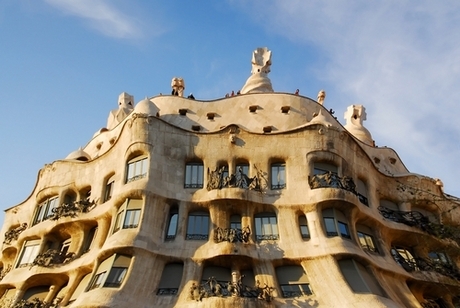
Casa Milà, commonly known as La Pedrera is the largest civil building designed by Antoni Gaudi. The apartment block was constructed between 1906 and 1910. It was Gaudi's last work before devoting himself to the construction of the Sagrada Familia.
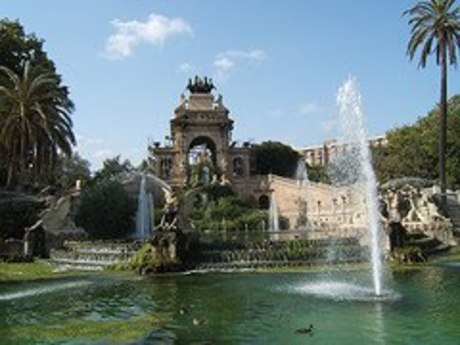
The Parc de la Ciutadella is a large green space covering some 30 hectares/75 acres on the northeastern edge of the old town. It was laid out on the site of the razed citadel, which Philip V had built to suppress the rebellious population and to safeguard the harbor district. Here can be found pathways, flower-covered terraces, waterfalls and monuments. One of the park's most pleasant attractions is the "Umbracle", a structure of brick and wood with the interior filled with tropical plants. As well as museums and the zoo, some local government offices (including the Parlament de Catalunya) are situated here.
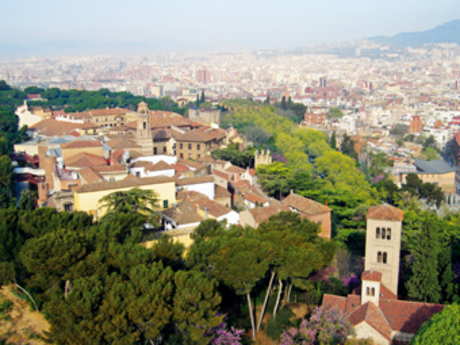
The Poble Espanyol (Spanish Village) was built for the 1929 International Exhibition in Barcelona on the Montjuïc hill. Its aim was to show visitors a representative sample of Spanish architecture.
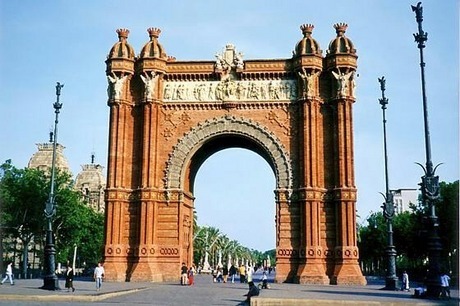
The Arc de Triomf is a triumphal arch built with colorful brickwork in mudéjar style. The arch, designed by the Catalan architect Josep Vilaseca, is adorned with a large number of statues and reliefs. It was built for the Exposición Universal de Barcelona (1888), as its main access gate by architect Josep Vilaseca i Casanovas.
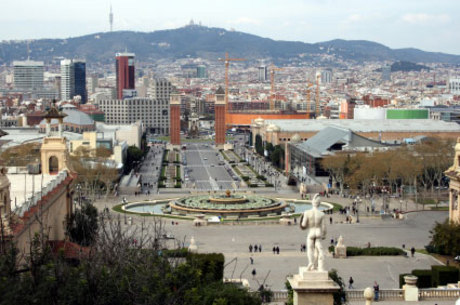
The Plaça d'Espanya is a square located at the foot of the Montjuïc. The site was used for public hangings until the gallows were moved to the Ciutadella in 1715.
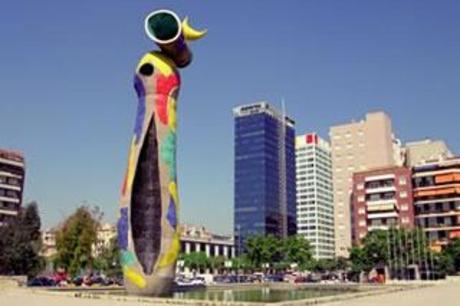
Built in homage to one of Barcelona's favorite native sons, Parc Joan Miró is a tribute to the surrealist imagination of this 20th century painter and sculptor.
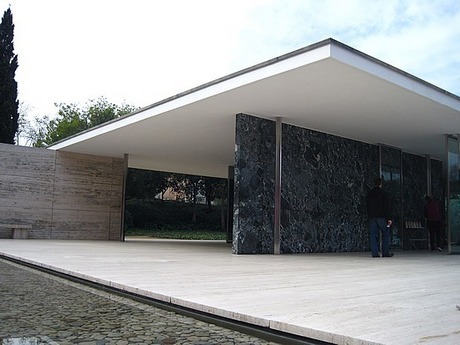
The Barcelona Pavilion, designed by Ludwig Mies van der Rohe, was the German Pavilion for the 1929 International Exposition in Barcelona, Spain. This building was used for the official opening of the German section of the exhibition. It was an important building in the history of modern architecture, known for its simple form and extravagant materials, such as marble and travertine.
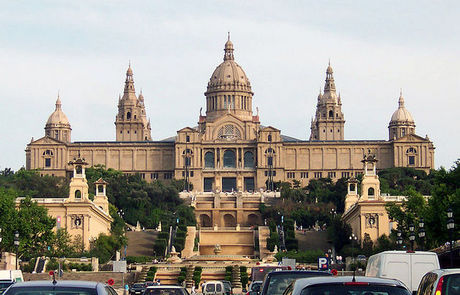
The Palau Nacional is an imposing building that was erected on the occasion of the 1929 International Exhibition, which was held on the flank of a hill called Montjuïc. The sprawling structure now houses the National Art Museum of Catalonia.
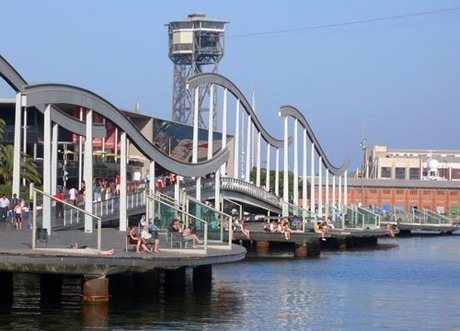
Port Vell is a waterfront harbour in Barcelona, Catalonia, Spain, and part of the Port of Barcelona. It was built as part of an urban renewal program prior to the 1992 Barcelona Olympics. Before this, it was a run-down area of empty warehouses, railroad yards, and factories. 16 million people visit the complex each year.
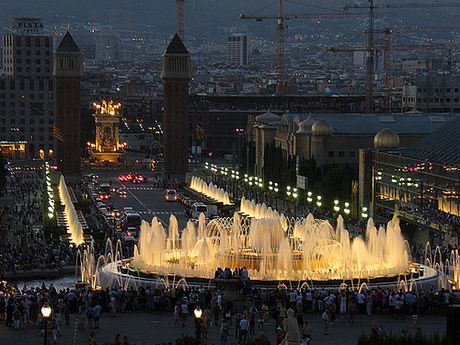
The Magic fountain is a large fountain built in 1929. When the fountain is active, it constantly changes color and shape. The Font Màgica or Magic fountain was part of a project built for the 1929 Universal Exhibition. The exhibition took place on Montjuïc, a hill just southwest of Barcelona's city center.
 1 2 3 4 5 6 7 8 9 10 11 12 13 14 15 16 17 18 19 20 21 22 23 24 25 26 27 28 29 30 31 32 33 34 35 36 37 3839 40 41 42 43 44 45 46
1 2 3 4 5 6 7 8 9 10 11 12 13 14 15 16 17 18 19 20 21 22 23 24 25 26 27 28 29 30 31 32 33 34 35 36 37 3839 40 41 42 43 44 45 46 
